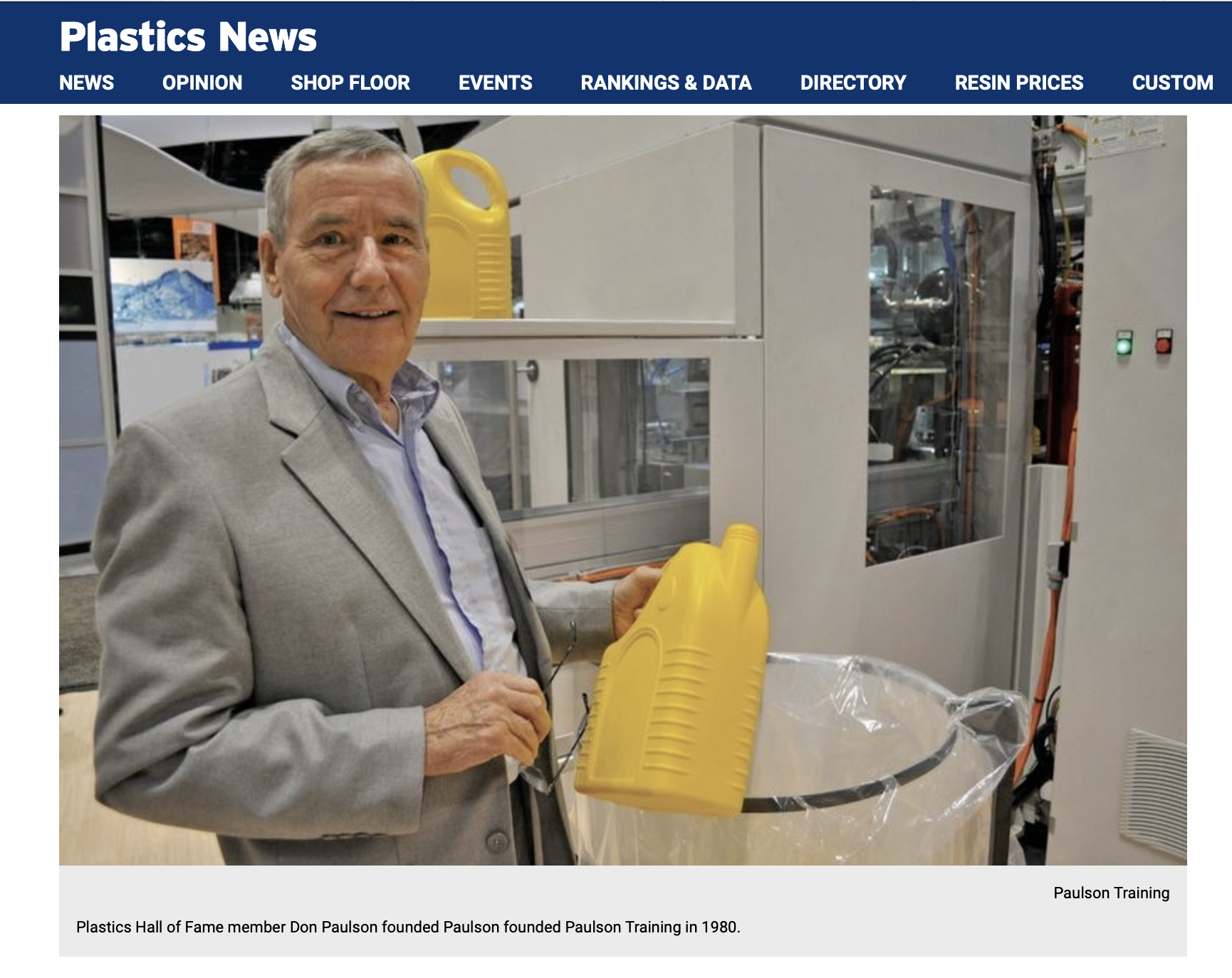The difference between the most efficient injection molders and the least efficient molders is simply the number of good parts they produce and the amount of plastic they use. Not getting into production quickly, interruptions to production and wasted plastic all cost money. Productivity is the name of the game. Unless your company can produce injection molded plastic parts at a profit, it can’t buy machines, auxiliary equipment or even plastic.
Let’s talk about how injection molding cycle time can impact a molding job’s profitability…
Injection molding cycle time is made up of three elements
- fill, pack and hold time
- cooling time
- mold open time
The most important of these three factors is plastic part cooling time. Cooling of the plastic in the mold is typically 80% to 90% of the total cycle time. How quickly you can open the mold depends on the mold temperature, the plastic melt temperature, the maximum plastic part wall thickness, the part shape and the type of plastic material being used. The injection mold can be opened and the plastic parts ejected when the parts are cool enough to hold their shape (i.e. no deformation occurs as the part cools).
The two other phases of the injection molding cycle that can reduce cycle time are fill time and mold open time. Most injection molds should be filled as quickly as possible. There are some exceptions. But in general, fast filling reduces molded-in part stress, though it does increase molecular orientation in the direction of plastic flow. The injection molder should try to reduce fill time to the shortest time that will make acceptable parts.
Minimizing the mold open time is another way to reduce cycle time. If the molding machine is running in semi-automatic mode, the mold open time should be consistent and minimized. But you must allow enough time for the operator to remove the parts and inspect the cavities and the mold surface. If a robot or a part picker is used, the mold open time must be long enough for the functions of that equipment to finish.
So how does longer cycle time affect profits on a particular molding job?
Let’s look at a very plausible scenario. The mold setup person got the machine and mold running and producing in-spec parts at a cycle time of 32 seconds. But, it could have been run at 30 seconds for one or more of the reasons cited above. In, fact maybe it can run at 29 or 28 seconds.
Setting the molding job up to minimize cycle time would have taken more start-up time. But the few molding experts in the plant who could have further optimized the molding cycle didn’t have time to refine the cycle. What’s the cost of this extra 2 seconds?
The molding job should have been completed in 15,000 hours of production, but the 2 extra seconds on a 30 second cycle requires an additional 1,000 hours of production. This extra 1,000 hours of production took $40,000 out of the expected profit (assumes $40/hr machine hour rate)
Conversely, if the cycle time were reduced to 28 seconds the profit increases by $40,000.
If the molding personnel on the production floor were aware of the effects of this longer cycle time on the profitability of the job, they probably would have taken the time to further optimize the cycle.
So you have 2 potential areas that you can fix pretty easily.
First, if you do not have injection molding experts in your plant who fully understand the 3 components of cycle time and how to reduce them, you’ll never get optimum cycles. That’s where training comes in. Second, if you do have molding experts on the floor fully capable of minimizing cycle time but they don’t understand the economics of cycle time, they won’t bother trying to reach the optimal 30 second (or below) cycle time.
So your molding personnel need both the technical training on how to reduce cycle time and the awareness of cycle time economics.




